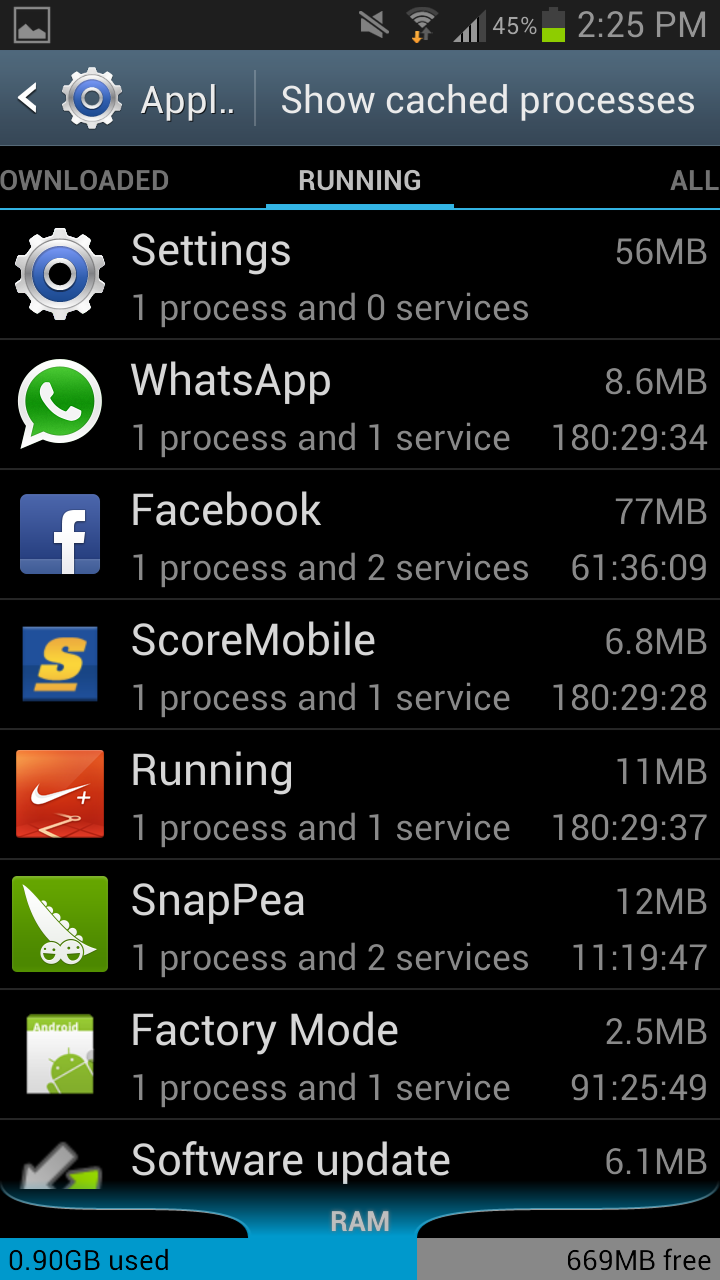

Starting from the worst consumer (which is located at the top of list), select an app. However, if you are below this threshold, you found your problem. If at least 1/3 of your total RAM is free, you likely don't have a memory issue, and the slowdown you are experiencing is something else. Now, open Developer Options and select "Running services." There will be a list of background services and a bar graph showing the current RAM usage by apps.

Go to "About phone" in Settings, then tap "Build number" seven times (Galaxy users will need to select "Software information" after "About Phone" to find "Build number"). To access this built-in RAM manager, you need first to unhide Developer Options. Known as Running Services, this menu shows all the components of apps that are performing operations in the background for an extended period. If your phone is running Android 6.0 or later, it has a preinstalled RAM manager. Thankfully, most Android devices have a built-in tool that helps with this problem. Whether you have a budget phone with 4 GB or less of RAM or have a flagship with 8+ GB, when just one app is consuming more memory than it needs, the whole system can slow down. Poor memory management by apps hurts everyone. And many of them do a terrible job using RAM. With nearly 3 million apps on the Play Store and countless more that you can sideload from other sources, there are bound to be a few stinkers.


 0 kommentar(er)
0 kommentar(er)
